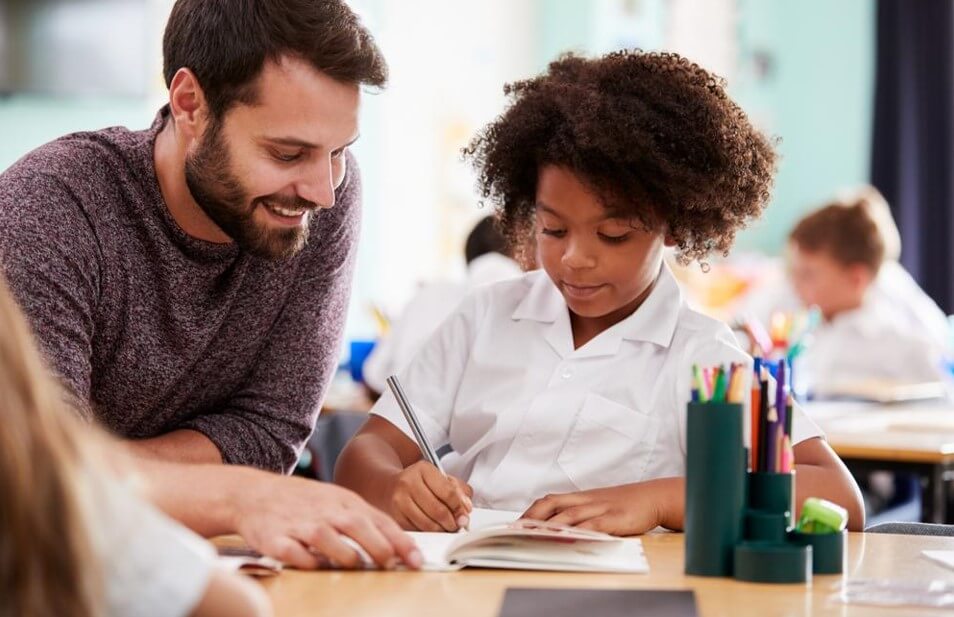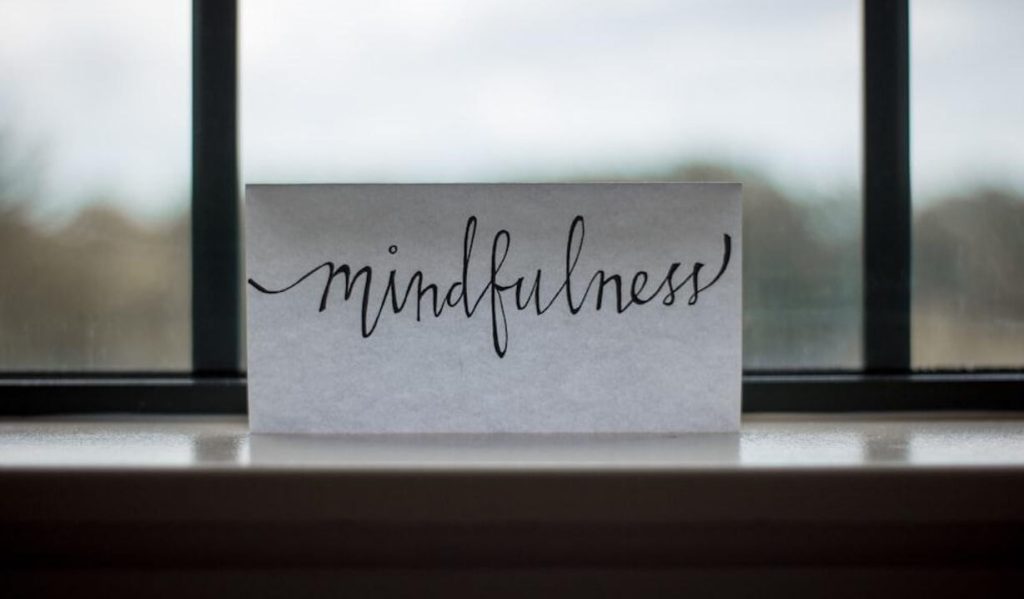Anyone who has worked in education in recent years, even if for only a short time, is familiar with the increased focus on mindfulness or mindful learning. While it may be tempting to lump it into a list of “buzzwords,” mindful learning is much more than that.
First, let’s dig in and explore what mindful learning means on a practical level. How is it practiced in the classroom, and how can educators guide students to engage in mindful learning through everyday activities and instruction?
What Is Mindfulness?

You may associate mindfulness with meditation, breathing exercises, or even yoga poses. Those associations are undoubtedly valid and represent what it looks like for many people to practice mindfulness in the world.
Mindfulness is ultimately defined as being in the present moment or devoting your attention fully to what you are experiencing in the present. On the face of it, mindfulness sounds quite simple, but it can be difficult for those not accustomed to practicing it, and it is not a natural or innate skill for many.
You must practice mindfulness consistently for it to work and produce greater self-awareness.
If we equip students, especially from a young age, with tools for mindfulness practice in their academic learning environments, we are giving them tools that will last long beyond their days in classrooms. Mindful learning techniques will serve students well throughout their careers and the relationships they build with others.
The Mindful Teacher: Setting the Example for Students to Follow
One of the best ways a teacher can encourage mindful learning in the classroom is by modeling mindfulness for students in their actions. How a teacher (or parent or another adult figure in a student’s life) responds to stress, challenging tasks, or even failures or setbacks is a potent model for students regarding mindfulness and mindful learning.

Teachers who use effective techniques to stay mindful, especially in stressful situations, illustrate behavior patterns that will have a long-lasting influence on their students. Mindfulness in the classroom starts at the top!
While modeling mindfulness for students is important, students need opportunities to actually practice mindful learning. Here are some ways to incorporate mindful learning in the classroom.
Use the STOP Ritual in Instruction
One of the most challenging aspects of academic learning for many students is simply the fact that they become overwhelmed. If students are overloaded with content, they may feel anxious, panicky, and unable to focus. If the students cannot retain the information teachers are presenting, the time spent on the content is ultimately wasted.
Teach your students to “STOP:” Stop, Breathe, Observe, and Proceed. This simple yet memorable technique allows everyone (teachers included) to pause and absorb information before racing ahead. It can also enable students to reframe their thinking and get their minds back on track.

This is especially important when introducing a complicated theory, a challenging task, or anything requiring much focus and attention. You can also use it in any scenario where a teacher might be working with students individually or in small groups.
Stay on Task, But Only One Task
While our society might put a high value on the ability to multitask, it can sometimes be to our own detriment. Constant multitasking can increase anxiety and leave students feeling pressured, so emphasize the importance of focusing on and completing one task at a time.
Mindfulness requires complete attention to “the moment.” For students, that means staying fully engaged with a specific step in the science experiment rather than worrying about the following steps. It could mean focusing on one passage in a story versus worrying about how many pages are left until the end.

When our minds are constantly looking ahead to the next step, we are not giving our full attention to what is happening in the present. The quality of work will suffer (as will a student’s ability to retain what they learned).
Classroom teaching should reiterate the importance of focusing on the task at hand and reassure students that everything else can wait. The best teachers can also revise plans when it becomes clear that students need more time to do something right.
Don’t Ignore Strong Emotions: Help Students Manage Them
It can be tempting for any teacher trying to “steer the ship” back on course to dismiss a reaction and simply try to move past it. But it is crucial to validate emotional responses and give students tools to manage them.
If you are encountering frustration and anger about a classroom activity, resist the urge to respond with the same frustration or anger. Some of the coaching techniques that will best serve your students in these scenarios are ones in which they are pushed toward mindfulness.
Ask specific questions to get to the root of the emotion, like, Do you understand how this activity is helping you build a new skill? Or Do you think your frustration is related to this assignment, or is there something else that may be making you feel angry, such as not getting enough sleep?
Give students the time and space to reflect on the emotion and the cause of it; the more they do this, the more they are essentially practicing mindfulness. Teachers can also help students with suggestions for managing these emotions, letting them know that while it is normal sometimes to feel angry, anxious, sad, or scared, we have choices about what we do with those emotions.

From primary classrooms to higher education, mindfulness strategies in learning can improve attention, creativity, and a variety of academic and social skills.
Educators who pay attention to mindfulness practices and integrate them into the educational setting produce students better equipped to persevere, manage emotions, enjoy healthy interactions with their peers, and demonstrate empathy and other qualities that will serve them throughout their adult lives.




